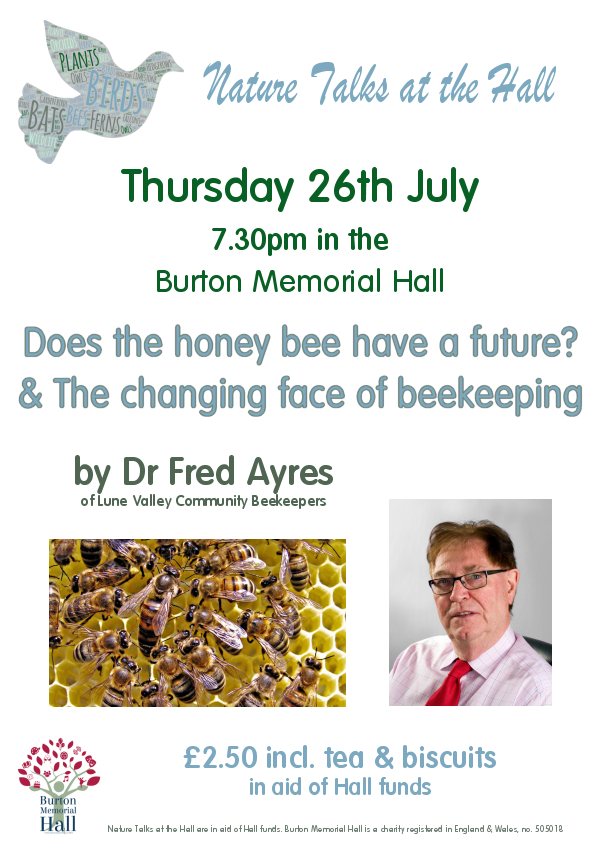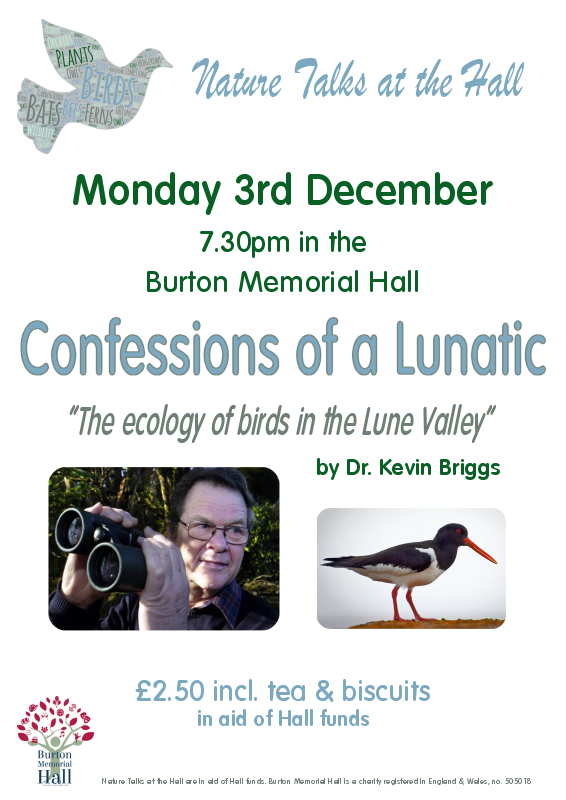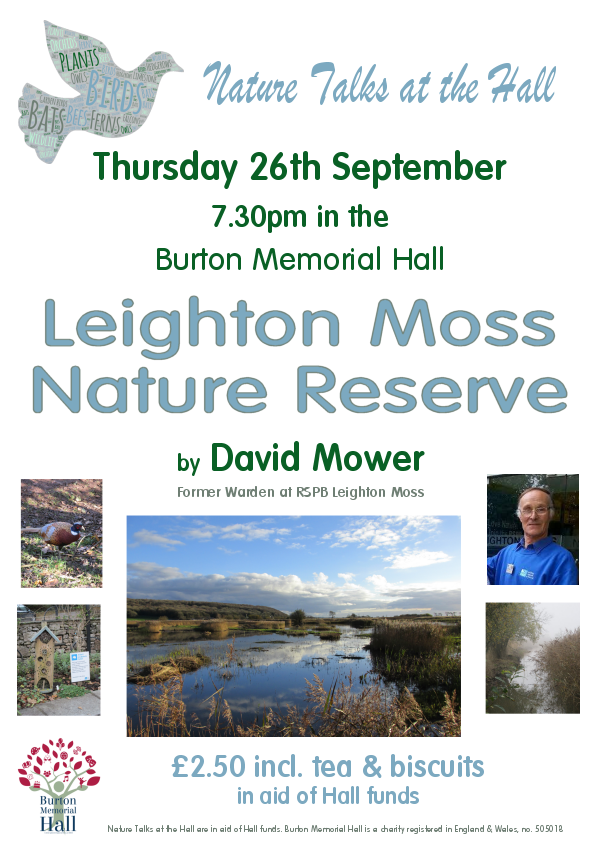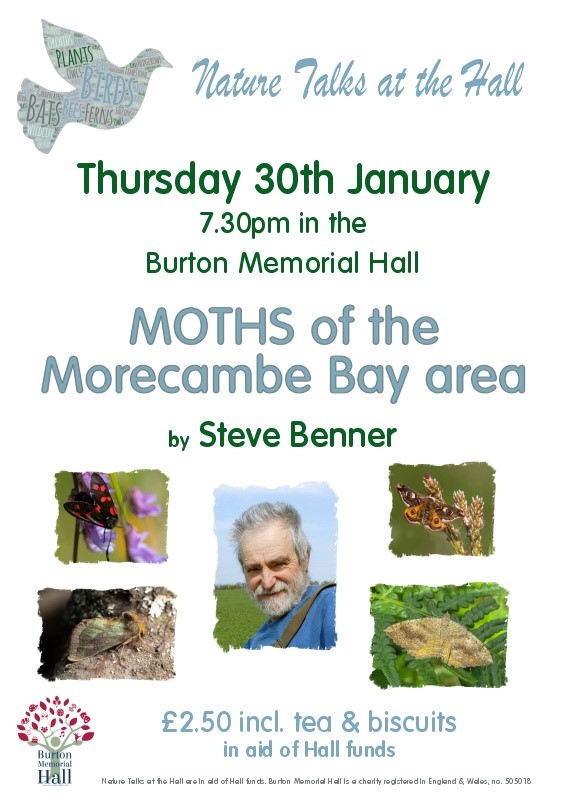| Specimen No.8 - 18" Spike - Hutton Roof Complex |
Over a selected area of some 40 square yards approx I had no less than 80 spikes, the majority obviously falling within the standard range of the Dark Red Helliborines (epipactis atrorubens). Yet doing a full search among them it did not take long to find some fabulous large specimens to which a couple fell within the range of possible hybrids.
The first which was of particular interest to me was the one shown here on the left and this specimen I named No. 8
It measured from 18" in height and was crammed with 34 individual flowers which really look well against a unusual green light hairy stem. The leaf structure also had me thinking eg: the helliborine wide shaped "spiralling" up the stem leaves which where showing none of the purple tints and purple leaf edgeing to what you would have expected within a normal atrorubens. I also took photographs of the deep green well grooved (or lined) leaves which you can see are rather different to the standard atrorubens.
| Showing the narrow wrinkled boss |
Bearing in mind all the factors I have previously mentioned, I am convinced that this particular specimen is going to be a good candidate for Schmalhauseneii.
Below I have shown the photos of the stem and the leaf structure together showing the spiralling whilst advancing the stem. And a good close up photo of the actual basal leaves and basal stem features.
And here is a photo showing the strong deep green ridged lower leaf again typical of e.helliborine features on a e.atrorubens or hybrid specimen.
And this final photo shows the true basal features and you can just make out the purple edging on the true basal leaf. And confirms good typical purple of the lowest part of the stem as it hits the soil.
| The final photo showing the true basal features. |
And even more interesting today was finding the following specimens No. 9 and 10 which were growing alongside one another as you can see in the photograph below.
| Tall 46 and 50 flowerhead - very pale etc etc etc |
Here is a photo of Specimen 9 showing clearly the stem, ovaries and epichile and bosses. Worth noting here you see no red or purple wash to the stem of the ovary, again it is very lemony green colour.
| showing the very light green ovary colour and lacking any purple or red on the ovary stem which adjoins the main stalk |
| A photo showing the basal features of this plant. |
Much variation over the day within the many beautiful epipactis atrorubens and their possible hybrids or even variants. Lots and lots of work to be done now. And off out again shortly to get among these little beauties.

.jpg)
.jpg)




.jpg)




+(Small).jpg)
.JPG)




















